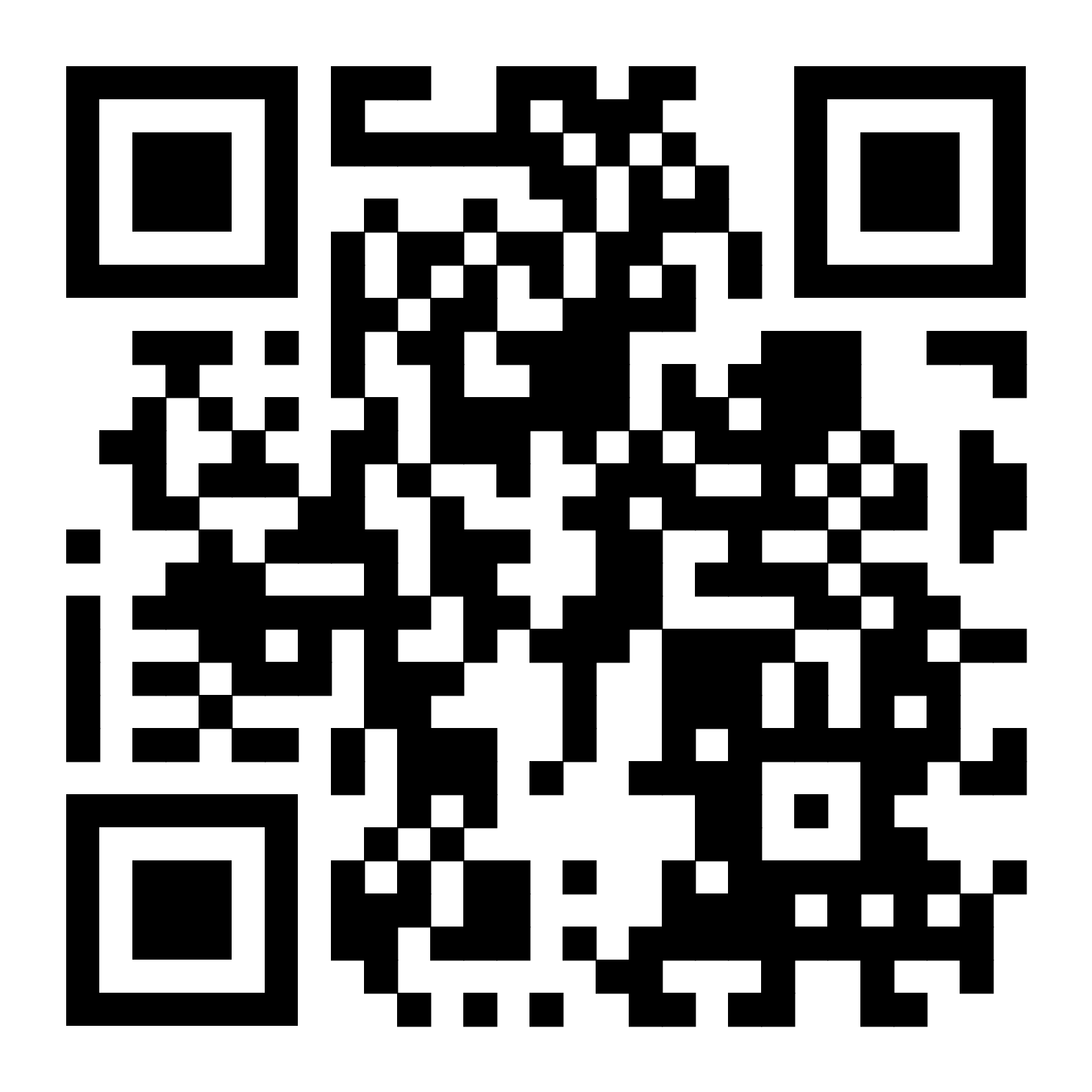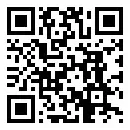From the birth of the Internet to the Web3 revolution
In the world of crypto and blockchain technology, Web3 is not just a new buzzword, but a concept that could revolutionize how users interact with the Internet. While Web1 was the era of static web pages, and Web2 brought dynamic content, social networking and cloud services, Web3 offers the next step – decentralization.
How the idea of Web3 came about
The concept of Web3 began to take shape as a response to multiple problematic aspects of Web2: centralization, control over data, and monopolization of the digital environment. In today’s Internet, most services are managed by large corporations – Google, Meta, Amazon and other technology giants – that not only collect user data, but also monetize it.
In 2014, Gavin Wood, co-founder of Ethereum, first formulated the idea of Web3, presenting it as a new decentralized Internet where users own their data and can interact with each other without intermediaries. However, the real technological basis for this idea has only begun to take shape in recent years, with the development of blockchain, smart contracts and decentralized applications (dApps).
Web3’s technological foundation
Blockchain and its role
Blockchain is the foundation of Web3, enabling transparent, stable and immutable systems. Unlike traditional databases, blockchain can function without any centralized management, distributing the load among network participants, thus enabling decentralized services. Today, we can see many examples of such blockchains, and all of them are actively developing, providing the infrastructure for new Web3 applications.
Smart contracts and DAOs
Smart contracts are software algorithms that automatically execute the terms of agreements without the involvement of third parties. They have become the foundation of DeFi (decentralized finance), NFT (non-fungible tokens) and DAOs (decentralized autonomous organizations). DAOs allow users to collectively manage projects and finances, creating a new model of corporate governance without traditional hierarchies.
Web3 today: key areas of development
At the moment Web3 is actively developing in several directions:
- DeFi (Decentralized Finance): Already today, decentralized finance offers an alternative to the traditional banking system. DeFi platforms like as Aave and Uniswap allow users to obtain loans, exchange assets and earn interest on their investments without intermediaries. In 2024, the DeFi market has already reached a market cap of over $136 billion, and the trend continues to grow.
- NFTs (Non-Fungible Tokens): Originally known as digital art objects, NFTs have become used in gaming, music, virtual fashion, and even real estate. Companies such as Nike and Adidas have already launched their NFT collections, and Play-to-Earn models are emerging in the gaming industry to capitalize on virtual items.
- RWA (Real World Assets): One of the most promising areas is the tokenization of physical assets – real estate, commodities, stocks and bonds. This allows traditional financial instruments to be transferred to blockchain, increasing their liquidity and transparency. The Boston Consulting Group estimates that the volume of the tokenized assets market could exceed $16 trillion by 2030.
The future of Web3: we’re only at the beginning of the journey
Despite the already made progress already being quite significant, Web3 is still under active development.
It is important to realize that Web3 is not just a new technological trend, but a long-term direction of the Internet’s development. Just as in the 90s few people could imagine that the Internet would become an integral part of our lives, it is difficult to predict how profoundly Web3 will change the digital economy, social institutions and people’s daily lives.
Today, we are at the beginning of a digital transformation, and Web3 is just the beginning of a great journey. In the coming decades, we are likely to see a new Internet that will give every user more freedom, security and opportunities than ever before.





Read other articles on this topic
Leave a comment on the article